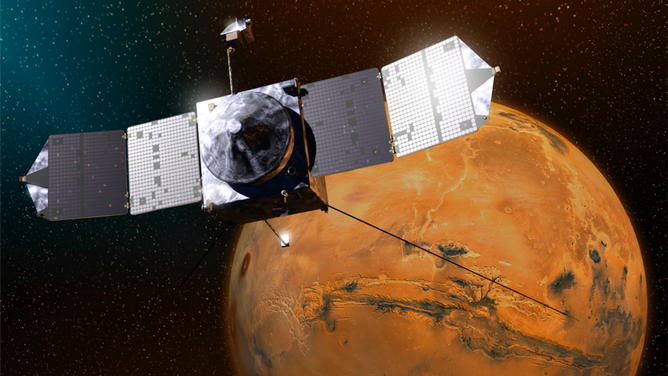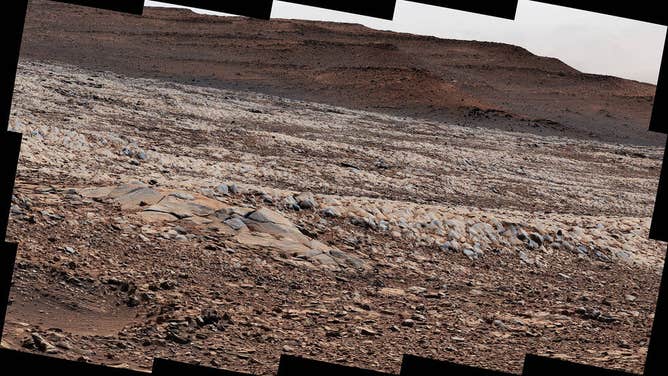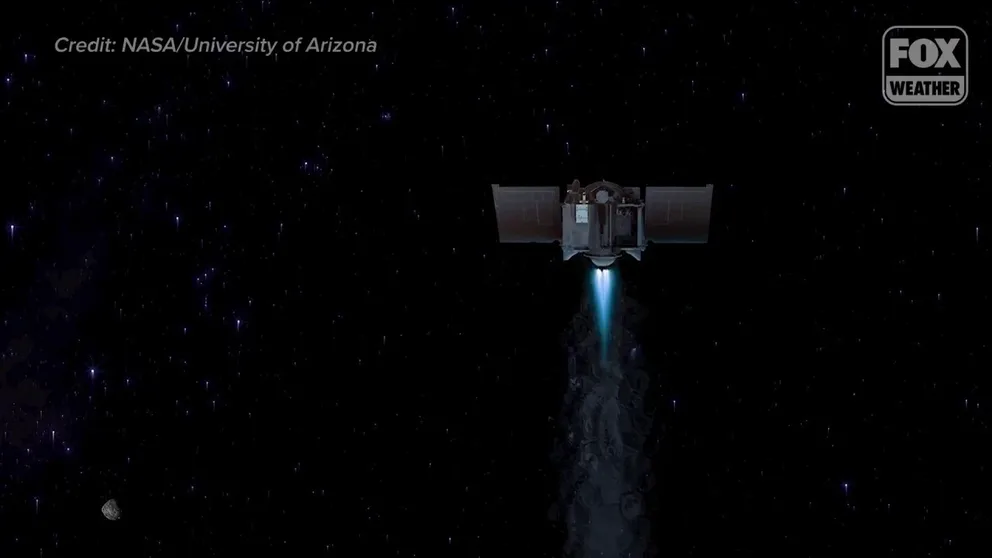8 planetary science missions that will continue exploration of celestial bodies
The decision to prolong was based on their potential to continue bringing new discoveries and addressing compelling further science questions
NASA has extended the planetary science missions of eight of its spacecraft, which will help deepen the understanding of the solar system.
Each of the missions was reviewed by more than 50 people. The decision to prolong was based on their potential to continue bringing new discoveries and addressing compelling further science questions.
"Extended missions provide us with the opportunity to leverage NASA’s large investments in exploration, allowing continued science operations at a cost far lower than developing a new mission," said Lori Glaze, director of the Planetary Science Division at NASA’s Headquarters in Washington. "Maximizing taxpayer dollars in this way allows missions to obtain valuable new science data, and in some cases, allows NASA to explore new targets with totally new science goals."
As long as spacecraft remain healthy, the missions could be extended for three years.
NASA asteroid spacecraft gets a second mission
NASA's OSIRIS-REx spacecraft got approved for a second mission to study asteroid Apophis when it makes a close flyby of Earth in 2029.
OSIRIS-APEX: OSIRIS-REx (Origins, Spectral Interpretation, Resource Identification, Security-Regolith Explorer) is on its way back to Earth to deliver samples of asteroid Bennu. This mission will be continued for nine years due to its next venture.
Next up, the spacecraft plans to encounter the 1200-foot asteroid Apophis which will come within 20,000 miles of Earth in 2029. NASA says that OSIRIS-APEX will enter orbit around Apophis soon after the asteroid’s Earth flyby, providing an unprecedented close-up look and study changes in the asteroid caused by its close flyby of Earth. It will then use the spacecraft’s gas thrusters to attempt to dislodge and study the dust and small rocks on and below Apophis’ surface.
Read more about the mission here.

Artist’s rendition of the MAVEN spacecraft in orbit around Mars.
MAVEN: The Mars Atmosphere and Volatile Evolution (MAVEN) will study the interaction between Mars’ atmosphere and magnetic field during the upcoming solar maximum. NASA says this will deepen their understanding of how Mars’ upper atmosphere and magnetic field interact with the Sun.

NASA's InSight Mars lander acquired this image of the area in front of the lander using its lander-mounted, Instrument Context Camera (ICC).
InSight: The Interior Exploration using Seismic Investigations, Geodesy and Heat Transport mission’s seismic monitoring of "marsquakes" has provided constraints on Mars’ interior, formation, and current activity. It has operated the only active seismic station beyond Earth, and with the extension, it will continue its seismic and weather monitoring. NASA says that the mission is unlikely to continue operations for the duration of its current extended mission unless its solar panels are cleared by a passing ‘dust devil’ in Mars’ atmosphere.

Saturn (enlarged 4x) seen from the Moon. Maneuvers such as this require intense planning from the LRO mission operations team at the NASA's Goddard Space Flight Center in Greenbelt, Maryland.
Lunar Reconnaissance Orbiter: LRO will continue to study the surface and geology of the Moon. The evolution of LRO’s orbit will allow it to explore new regions in detail, including the Permanently Shadowed Regions where water ice may be found. NASA says that it will also provide crucial programmatic support for NASA’s efforts to return to the Moon.

NASA’s Curiosity Mars rover used its Mast Camera, or Mastcam, to survey these wind-sharpened rocks, called ventifacts, on March 15, 2022, the 3,415th Martian day, or sol, of the mission. The team has informally described these patches of ventifacts as "gator-back" rocks because of their scaly appearance.
(NASA/JPL-Caltech/MSSS)
Mars Science Laboratory: This will be the fourth extended mission for MSL. MSL and its Curiosity rover have driven more than 16 miles on Mars and explored the history of habitability in Gale Crater. NASA says that it now plans to explore the critical sulfate-bearing layers, which give unique insights into the history of water on Mars.

Researchers on the New Horizons team were able to generate this image using 360 images that New Horizons captured as it looked back on Pluto’s southern hemisphere.
New Horizons: In its second extended mission, New Horizons will continue to explore the distant solar system. Previously, New Horizons flew past Pluto in 2015 and the Kuiper belt object Arrokoth in 2019. NASA says that the spacecraft can potentially conduct multi-disciplinary observations of relevance to the solar system and NASA’s Heliophysics and Astrophysics Divisions.

Besides conducting its own scientific observations, the Mars Odyssey mission provides a communication relay for robots on the Martian surface. In December 2010, it surpassed the previous record for longevity of a robotic mission at Mars.
Mars Odyssey: This mission will perform new thermal studies of rocks and ice below Mars’ surface, monitor the radiation environment, and continue its long-running climate monitoring campaign, NASA says. It also provides unique support for real-time data relays from other Mars spacecraft.

The image combines two separate exposures taken on Nov. 20, 2016, by the High Resolution Imaging Science Experiment (HiRISE) camera on NASA's Mars Reconnaissance Orbiter. The images were taken to calibrate HiRISE data, since the reflectance of the moon's Earth-facing side is well known.
(NASA/JPL-Caltech/Univ. of Arizona)
Mars Reconnaissance Orbiter: MRO will study the evolution of Mars’ surface, active geology, ices and atmosphere and climate. This is the sixth extended mission for MRO. It also will provide essential data relay service to other Mars missions.
